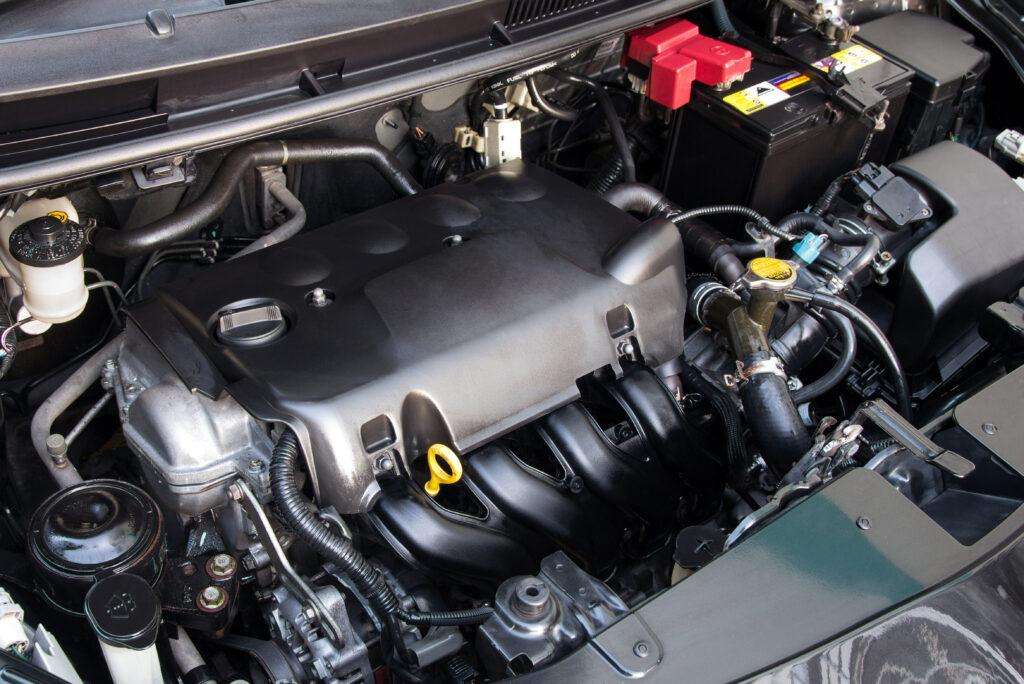The transition of commercial fleets to electric vehicles is a growing trend driven both by the desire to reduce carbon emissions and lower operating expenses. And one of the most significant factors in this equation is the maintenance cost associated with electric vehicles compared to their diesel or petrol counterparts. Would you like to know more about these costs in both types of vehicles? We’ll explain them to you!
The difference between the maintenance costs of electric vehicles and fossil fuel vehicles plays a crucial role in the decision-making of many companies when configuring their commercial fleet. And the fact of the matter is that recently things have been swinging more towards the sustainable mobility side of the argument. A fact that is based on the fact that the maintenance of electric motors is simpler.
For example, electric vehicles have fewer moving parts in their engines compared to internal combustion engines, in other words, they have fewer components that can wear out or fail, reducing the frequency and cost of repairs and general maintenance. And a further example: electric vehicles do not require oil changes, one of the most common and expensive maintenance tasks in combustion vehicles.
Internal combustion vehicle maintenance
Internal combustion engine vehicles have long been the backbone of commercial fleets, known for their durability and efficiency over long distances. However, maintaining these vehicles can be expensive due to several factors:
- Complex mechanical components: these engines have more moving parts than electric ones, so they require regular maintenance, including fuel filters, injection pumps and special exhaust systems to control emissions. In addition, once their working life ends, it is necessary to use spare parts. Unlike the internal combustion engine, which can include around 30,000 different parts, an electric motor simplifies the complexity by reducing the number of components required by more than 50%.
- Transmission: The clutch of a combustion vehicle has many more parts than an electric vehicle where the clutch disappears. So, the electric option requires less maintenance.
- Environmental regulations: Modern combustion vehicles must meet strict emissions standards, which means emissions control systems which are more complex and expensive to maintain.

Electric vehicle maintenance
Electric vehicles offer a radically different maintenance model, thanks to their mechanical simplicity and energy efficiency:
- Fewer moving parts: An electric motor has significantly fewer moving parts than a combustion engine. This reduces the frequency and cost of maintenance as there are fewer components to wear out or fail.
- Tyres: Electric vehicles have less wear on tires, brake pads and discs than diesel or petrol vehicles thanks to their transmission and regenerative braking system, amongst other factors. And regenerative braking systems recover energy during deceleration, reducing wear on the brakes, thereby cutting related maintenance costs.
- Battery system maintenance: Although battery system maintenance is a unique consideration for electric vehicles, it does not require scheduled maintenance besides visual inspections.
- Damping and cooling: these elements prove to be more complex in electric vehicles than in internal combustion vehicles, in contrast to those seen previously. They thus require more maintenance or, in some cases, the same as that of thermal vehicles.
Cost comparison
Electric vehicles can afford significant maintenance savings compared to thermal vehicles. Savings that derive primarily from reduced maintenance on the engine and exhaust systems, as well as lower expenses on repairs and replacements of mechanical components.
Electric vehicles are highly promising in terms of cost reduction, not only through lower fuel costs but also through significant reductions in maintenance. Although the initial price of electric vehicles may be higher, the long-term savings in terms of maintenance and operation is a compelling argument for their adoption.





